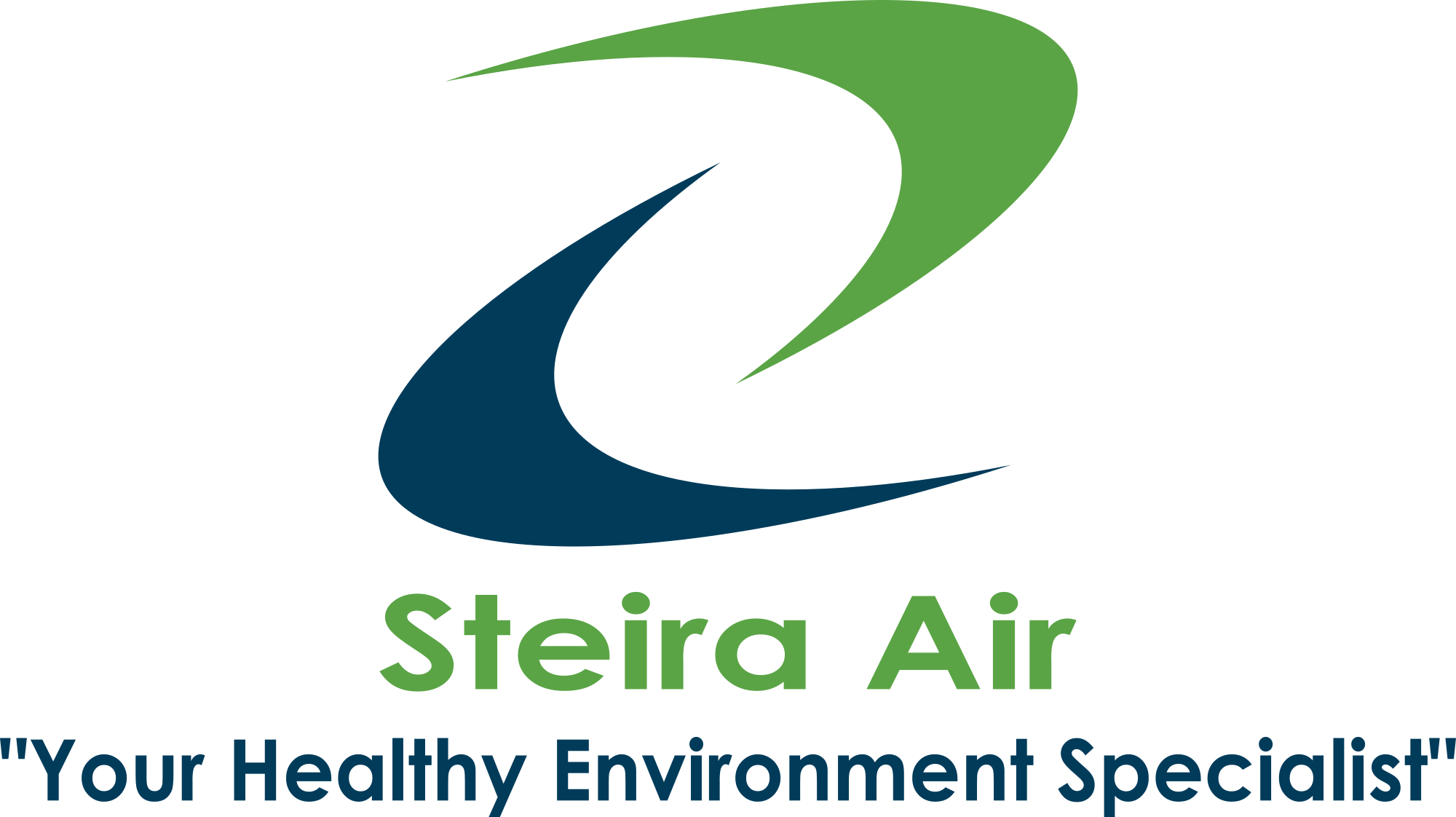ENSURING SAFE AND HEALTHY ENVIRONMENTS WITH NEGATIVE PRESSURE TESTING
WHAT IS NEGATIVE PRESSURE/ISOLATION ROOM TESTING?
When air flows into the area rather than out of it, a room or space is said to be maintaining negative pressure. This is verified by a technique called negative pressure testing. Negative pressure is frequently employed in hospitals, labs, and other settings where it’s important to stop the spread of airborne pollutants like infectious illnesses or dangerous particles.
During a negative pressure test, a manometer is used to gauge the difference in air pressure between the test chamber and the surrounding region. Air is continually flowing into the room thanks to the room’s architecture, which prevents air from exiting and possibly spreading pollutants.
WHAT DO WE OFFER
Steira Air excels in offering professional negative pressure/isolation room testing services. Your negative pressure system will be tested and verified by our team of skilled specialists using cutting-edge technology, assuring the safety of your patients, employees, and visitors. Our negative pressure/isolation room testing services include:
- We provide detailed reports outlining the results of our testing, including any necessary recommendations for repairs or adjustments to your negative pressure system.
Our team is aware of how important negative pressure systems are in preserving a secure and healthy atmosphere for all those who work in your institution. To make sure that your negative pressure system is operating as intended, we are committed to providing the best possible service and knowledge.
Contact us today to learn more about our negative pressure/isolation room testing services and how we can help you maintain a safe and healthy environment.
UNDERSTANDING THE COST AND INVESTMENT OF NEGATIVE PRESSURE TESTING
Several variables, like the size of the facility, the number of rooms that must be tested, the complexity of the testing procedure, etc., may impact the cost of negative pressure testing.
Negative pressure testing can, in general, be an investment in the inhabitants of the facility’s safety, health, and adherence to safety norms and laws. Negative pressure testing expenditures should be weighed against the possible costs of not testing, such as elevated contamination risk, degraded air quality, and failure to adhere to industry standards.
It is advised that you speak with our experts to find out how much negative pressure testing will cost for your particular facility and testing requirements. Based on the precise specifications of the tests and any other services that may be required, such as cleanup or repair work, the expert can offer an estimate. For continuous testing and maintenance services to guarantee the facility’s sustained safety and compliance, Steira Air commonly provides a package or discount.
